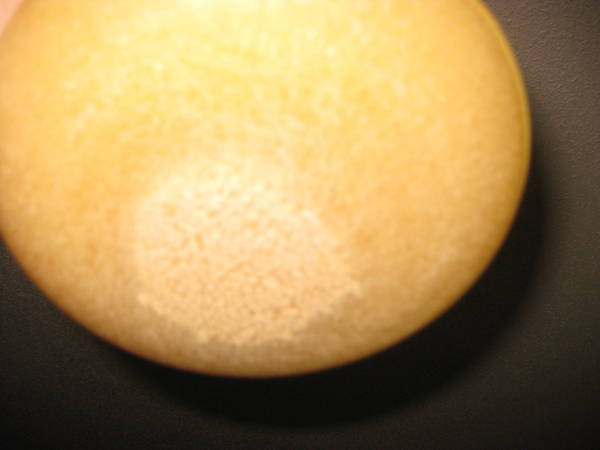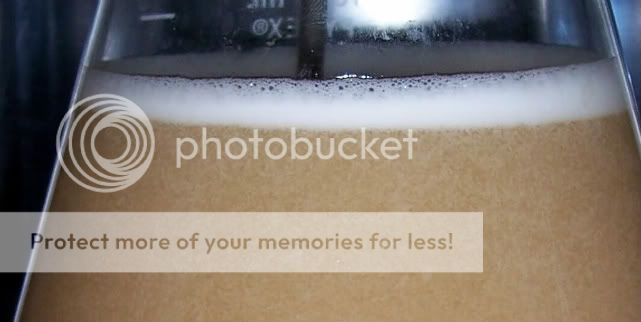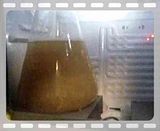I have been doing yeast starters for the last 8 batches of mine or so. My 2 favorite yeasts have been the white labs east coast ale and the california.
I started a yeast starter on Thursday night for my saturday (today) brew day. However, the starter never had any krausen and the yeast looks to be settling into little balls in the boottom of the flask. When i swirl the flask i get a lot of movement through my air lock. This is an idication to me that the yeast is ok, making CO2. PLease help. Is this OK to use in my beer?? what might be the cause of these little balls?


I started a yeast starter on Thursday night for my saturday (today) brew day. However, the starter never had any krausen and the yeast looks to be settling into little balls in the boottom of the flask. When i swirl the flask i get a lot of movement through my air lock. This is an idication to me that the yeast is ok, making CO2. PLease help. Is this OK to use in my beer?? what might be the cause of these little balls?







